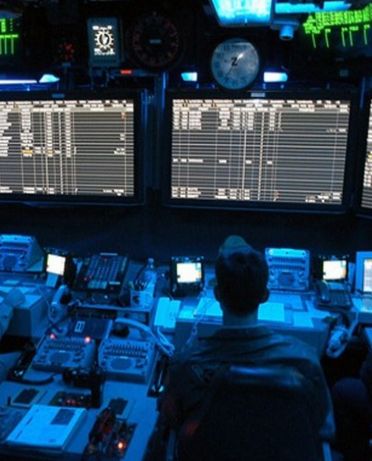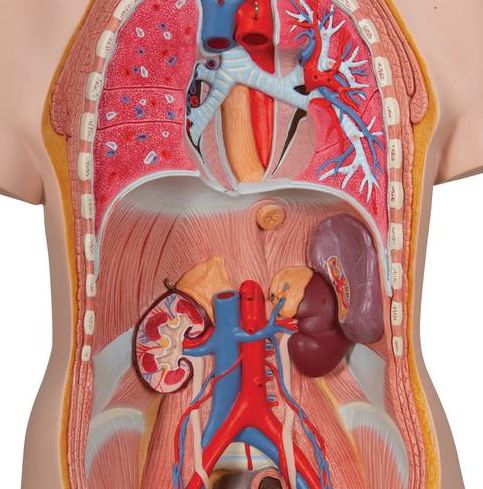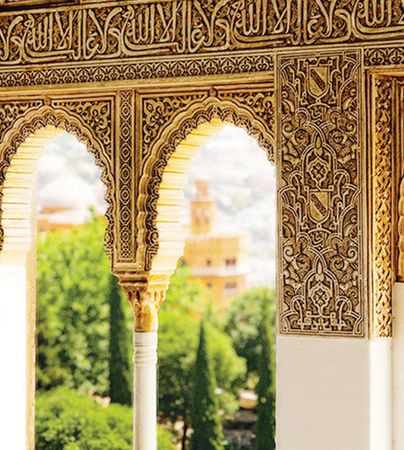قراءة لمدة 1 دقيقة Modern system of ranked Shinto shrines

The modern system of ranked Shinto shrines, is a system of ranking shinto shrines that was used in the Japanese Empire to determine how much money it gave the shtinres.
It was an intrinsic part of Japanese State Shinto.
This system classified Shinto shrines into two categories:
official government shrines and "other" shrines.
The official shrines were divided into
Some shrines are the "first shrines" called "ichinomiya" that have the highest rank in their respective provinces of Japan.
The Ise Grand Shrine stood at the top of all shrines and thus was outside the classification.
All listed shrines on this page with the exception of Ise Grand Shrine and others noted in the notes are Beppyo shrines
History.
On May 14th, 1871, the Daijō-kan issued a decree establishing the modern shrine system.
This system ranked Shinto shrines hierarchically and specified the levels of priests who could officiate at each level of shrine.
However, these rankings were abolished in 1946 when they were considered "State Shinto" by the Occupation Shinto Directive.
The Association of Shinto Shrines currently maintains a slightly different list of Special Shrines known as Beppyo shrines
Kan-sha.
The Kan-sha system, which referred to official government shrines, had two subcategories - Kanpei-sha, also known as government shrines, and Kokuhei-sha, which were national shrines.
".
Kanpei-sha.
In 1871, the Japanese government created the Kanpei-sha system to group Shinto shrines according to their relationship with the imperial family.
The topmost category comprised of shrines that honored imperial family members, emperors, or those who served the imperial family well.
These shrines were viewed as the ones most connected to the imperial family and were backed by the government..
.
Imperial shrines, 1st rank.
The Kanpei-taisha were the most highly ranked shrines in Japan that were officially designated by the government.
There were 67 shrines that held this status, which were closely associated with the imperial family.
These shrines were considered to be of great historical and cultural significance, and were often visited by members of the imperial family as well as the general public.
Imperial shrines, 2nd rank.
The middle-level Imperial shrines were called Kanpei-chūsha (官幣中社) and there were 23 of them.
They were not as important as the highest-ranked shrines and didn't get as much money from the government..
.
Imperial shrines, 3rd rank.
There were five shrines that had the lowest rank among the Imperial shrines, and they were known as Kanpei-shōsha (官幣小社).
Other Imperial shrines.
After the creation of the officially ranked Imperial shrines, another group of special shrines known as Bekkaku kanpeisha (別格官幣社) was established.
These shrines were not included in the ranking system of the Imperial shrines, but they were still considered to be of imperial status.
Kokuhei-sha.
The Kokuhei-sha (国幣社) classified the government-supported shrines in a hierarchy, based on their national significance.
The kokuheisha, on the other hand, were shrines that enshrined local kami considered beneficial to their respective areas.
National shrines, 1st rank.
The six most highly ranked, nationally significant shrines or Kokuhei Taisha (国幣大社) were considered the top tier of the national shrines.
National shrines, 2nd rank.
The mid-range of ranked, nationally significant shrines or encompassed 47 sanctuaries.
National shrines, 3rd rank.
There are 50 nationally significant shrines that are classified as Kokuhei Shōsha, which are the lowest ranked shrines in the modern system of ranked Shinto shrines.
Gokoku shrines.
Gokoku shrines were ranked separately They were considered branches of Yasukuni Shrine.
This list only includes those which are currently ranked as Beppyo shrines
"Min-sha".
The or various smaller shrines ranking below these two levels of "Kan-sha" ("official government shrines") are commonly, though unofficially, referred to as "people's shrines" or .
These lower-ranking shrines were initially subdivided by the proclamation of the fourteenth day of the fifth month of 1871 into four main ranks, "Metropolitan", "Clan" or "Domain", "Prefectural", and "District" shrines.
By far the largest number of shrines fell below the rank of District shrine.
Their status was clarified by the of the fourth day of the seventh month of 1871, in accordance with which "Village shrines" ranked below their respective "District shrines", while the smaller local shrines or "Hokora" ranked beneath the "Village shrines".
Here is a non-exhaustive list of shrines under each categorization.
This list only includes ones now listed as Beppyo shrines.
Metropolitan and Prefectural Shrines.
"Metropolitan shrines" were known as .
"Prefectural shrines" were known as .
At a later date, the "Prefectural shrines" were classed together with the "Metropolitan shrines" as "Metropolitan and Prefectural Shrines" or .
Clan or Domain shrines.
"Clan shrines" or "Domain shrines" were known as .
Due to the abolition of the han system, no shrines were ever placed in this category.
District shrine.
"District shrines" were known as .
Village shrines.
"Village shrines" were known as and ranked below their respective "District shrines", in accordance with the District Shrine Law of 4 July 1871.
Hokora or Ungraded shrines.
Small local shrines known as are ranked beneath the village shrines, in accordance with the District Shrine Law of 4 July 1871.
At a later date, shrines beneath the rank of "Village shrines" were classed as "Ungraded shrines" or .
Statistics.
New shrines were established and existing shrines promoted to higher ranks at various dates, but a 1903 snapshot of the 193,297 shrines in existence at that time saw the following:













































